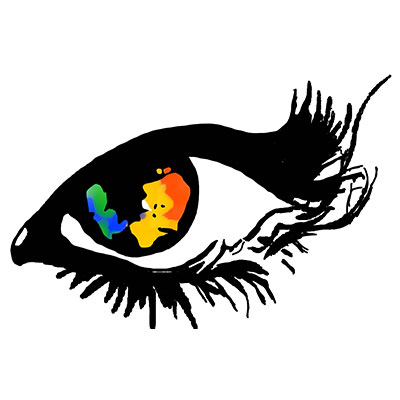Imagine sipping a cool masala-cola made by an Indian soft drink brand Thumbs-Up. Can you recognize the brand by seeing the colors and shapes of the logo? How does the drink feel on your tongue? Do you hear the fizziness popping from the drink? The sensation is how information from the outside world enters our brains. During the process of sensation, specific receptors in the sense organs are activated, which enables various forms of external stimuli to be converted into neural signals in the brain. Transduction is the process that converts outside stimuli such as light, sound, smell, touch, and taste into neural activity.
Perception is the process of interpreting and organizing sensations experienced by an individual in a meaningful fashion. For example, if two people are looking at a cloud in the sky, one might think it looks like a dog, while the other might think it looks like a horse. They are both looking at the same cloud but perceive it differently.
Thus, the central point is that perception never occurs singularly, or it can never occur using only a part of the information required. For example, we do not simply perceive color and other entities and dimensions individually. In almost all cases, we recognize them as part of objects, environments and events. Therefore, the focus is on understanding how these dimensions of color, size, distance and depth appear together in a unified experiential whole. However, it is also helpful to comprehend how these various dimensions come together as corroborative and supportive aspects. Thus, designers explore these various dimensions in terms of visual phenomena.

